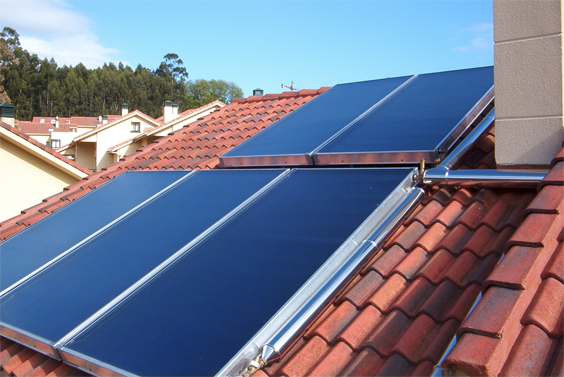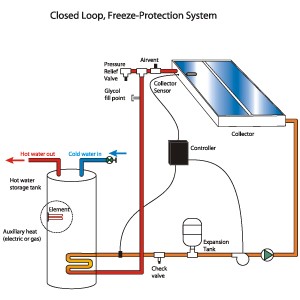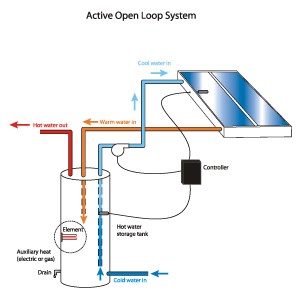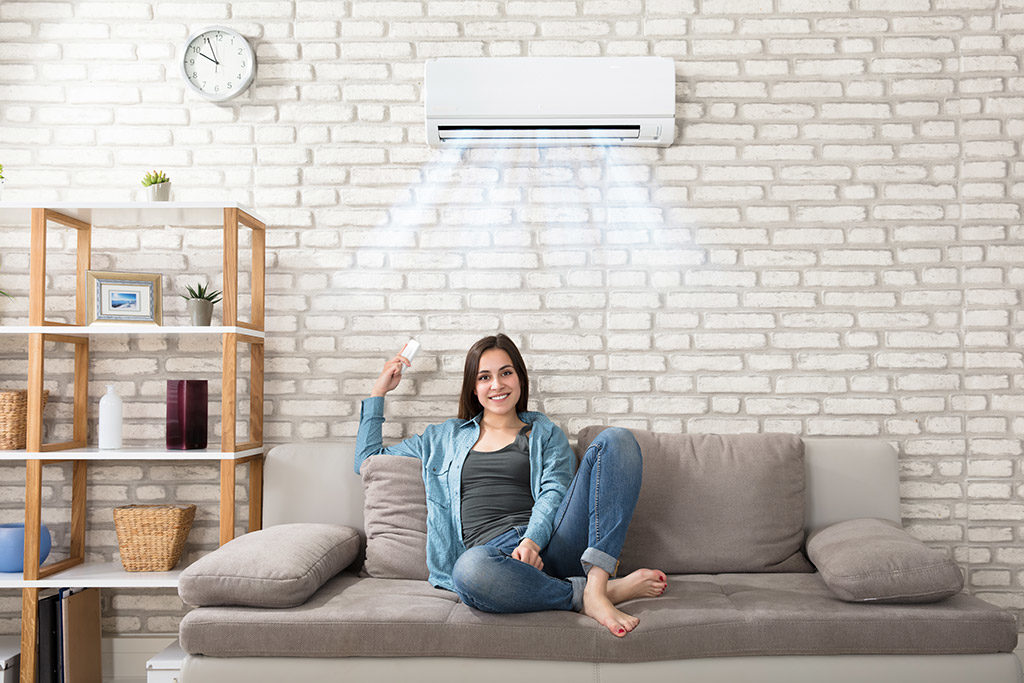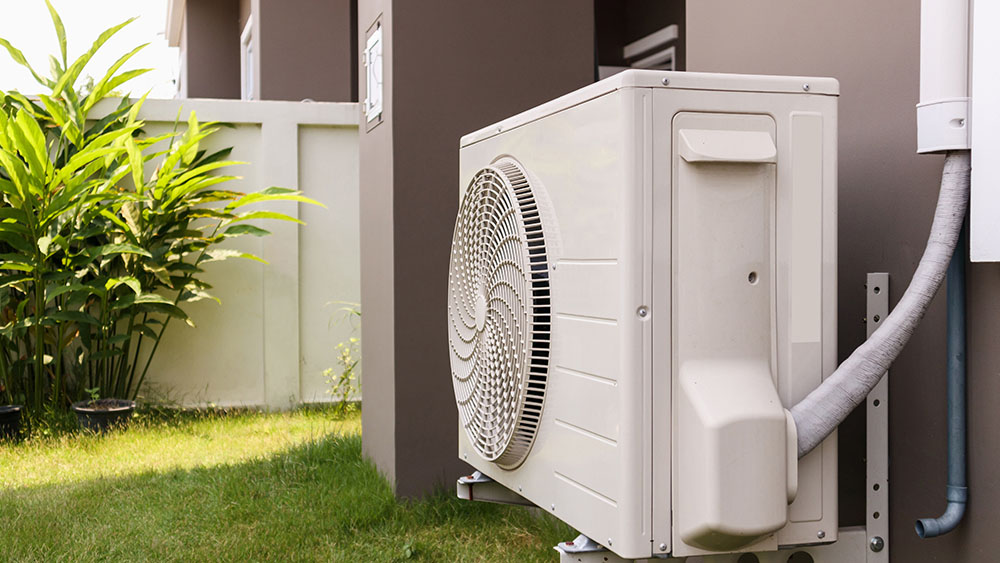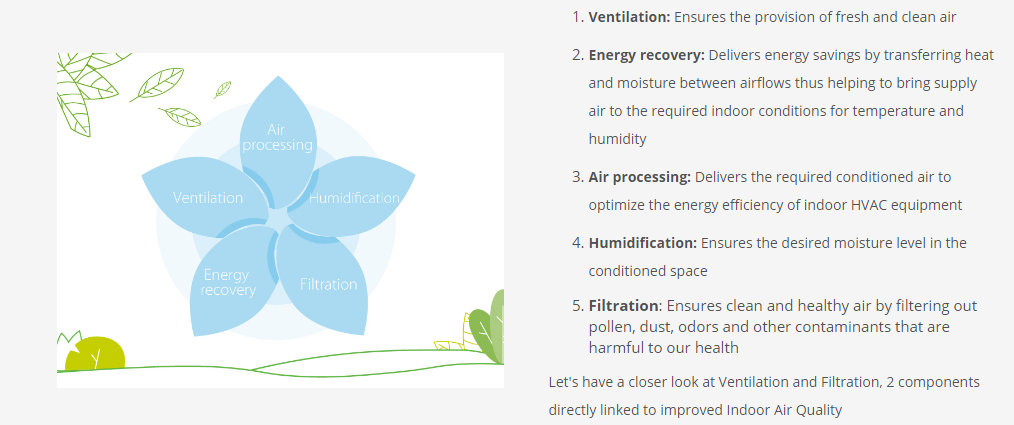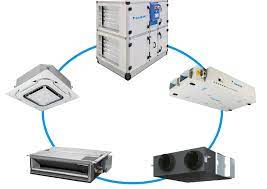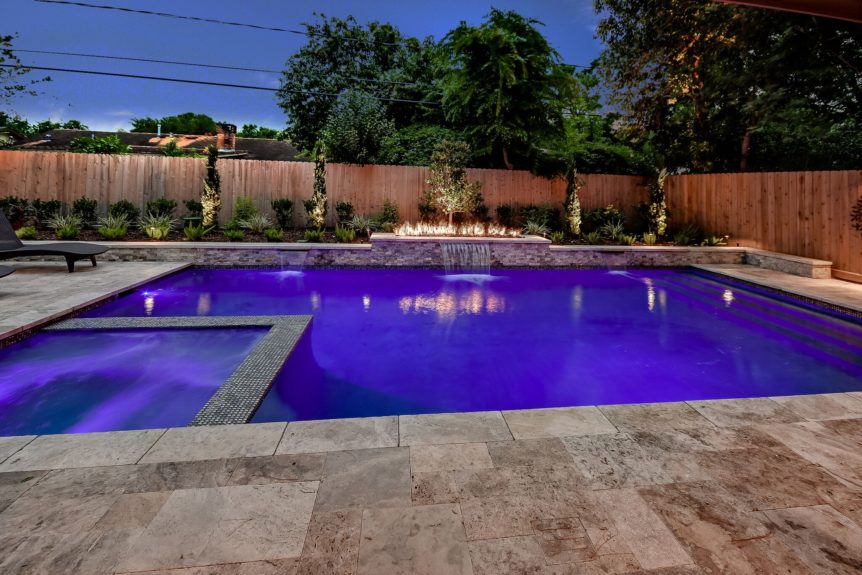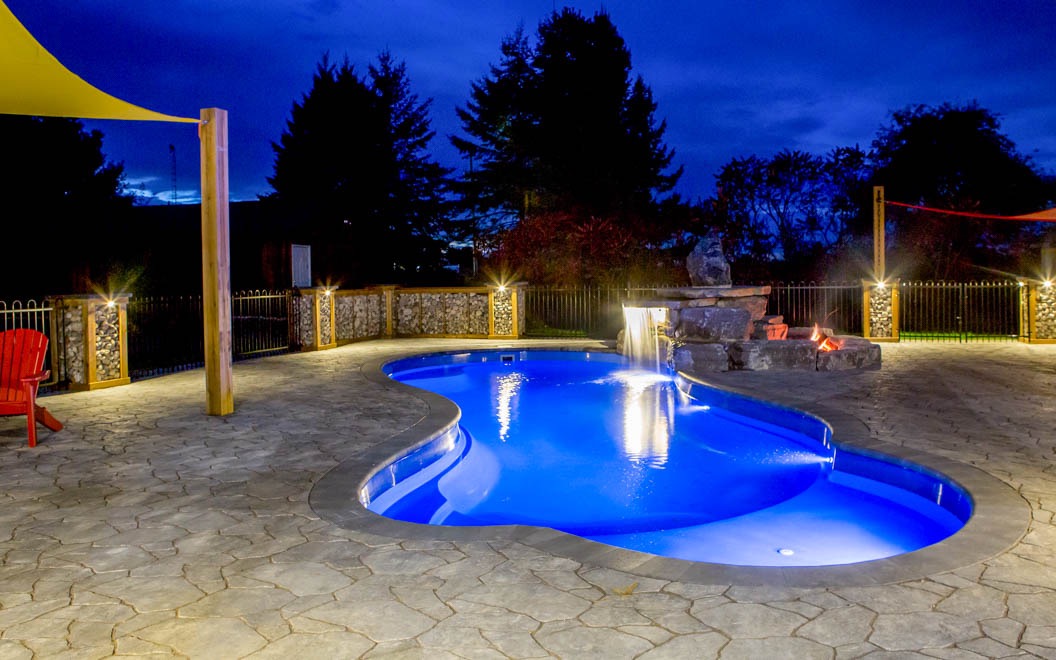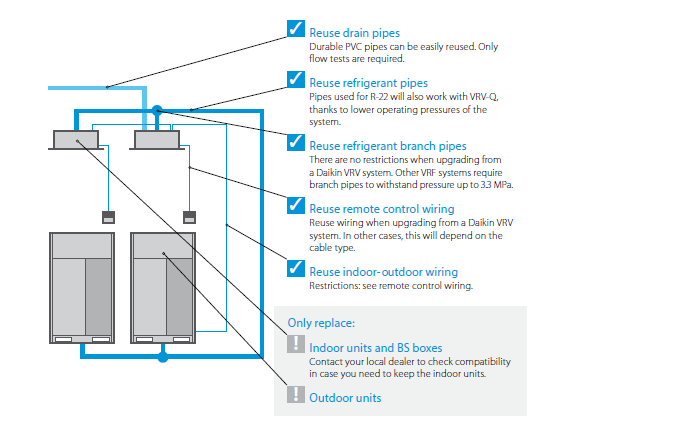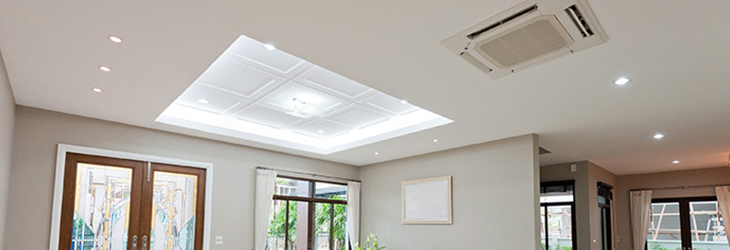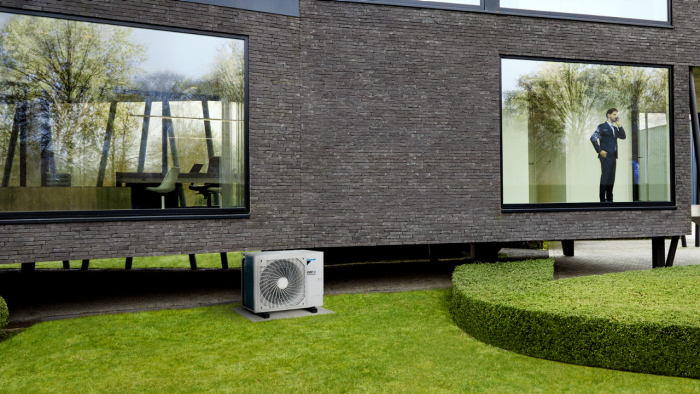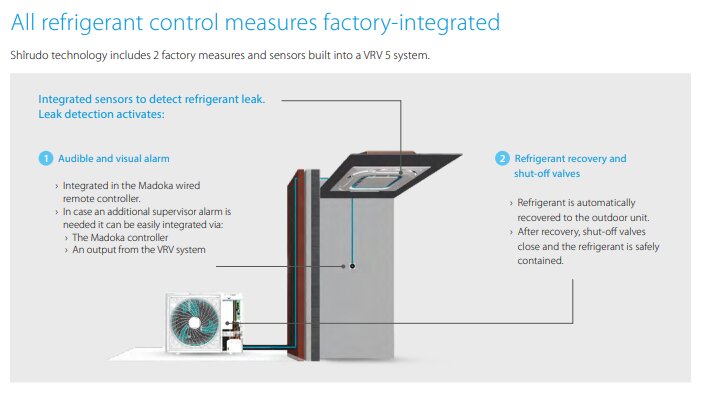In spring and summer our gardens bloom with life. While this may seem nice, it can also cause people suffering from seasonal pollen-related asthma and allergies, such as allergic rhinitis. But what is pollen and how can you protect your family from its possible effects?
What is pollen?
Pollen, which usually appears as a fine powder, is microspores that are transferred from one plant to another, resulting in the fertilization and production of new plants. As temperatures rise, pollen production increases causing a variety of symptoms in people with pollen sensitivity including sneezing, nasal congestion, redness, itchy eyes and tearing and / or itchy nose or runny nose.
Pollen season
There are three main types of pollen that together extend the pollen season from early spring to late autumn.
- Pollen from grass: It is the main culprit for asthma and pollen allergies associated with pollen and can affect people from March to October. Grass pollen can cause extremely strong reactions.
- Tree Pollen: While different types of tree pollen occur at different times of the year, tree pollen is usually only a problem from February to June.
- Weed Pollen: Weed pollen most often causes allergic rhinitis. It usually prevails in summer and early autumn.

Protect your family with Daikin air purifiers
Daikin air purifiers are the perfect way to ensure that indoor air is cleaner, healthier and cleaner, minimizing the negative effects of pollen on your health.
Daikin air purifiers:
Minimize the symptoms of asthma and allergies by removing dust and pollen particles from the air.
They protect your health by filtering out airborne bacteria and viruses, and also eliminate 99.98% of the human coronavirus HCoV-229E.
They inject moisture into the air when it is very dry, helping to keep your skin healthy.
· They control odors so that your home always smells fresh and clean.
Pollen Calendar
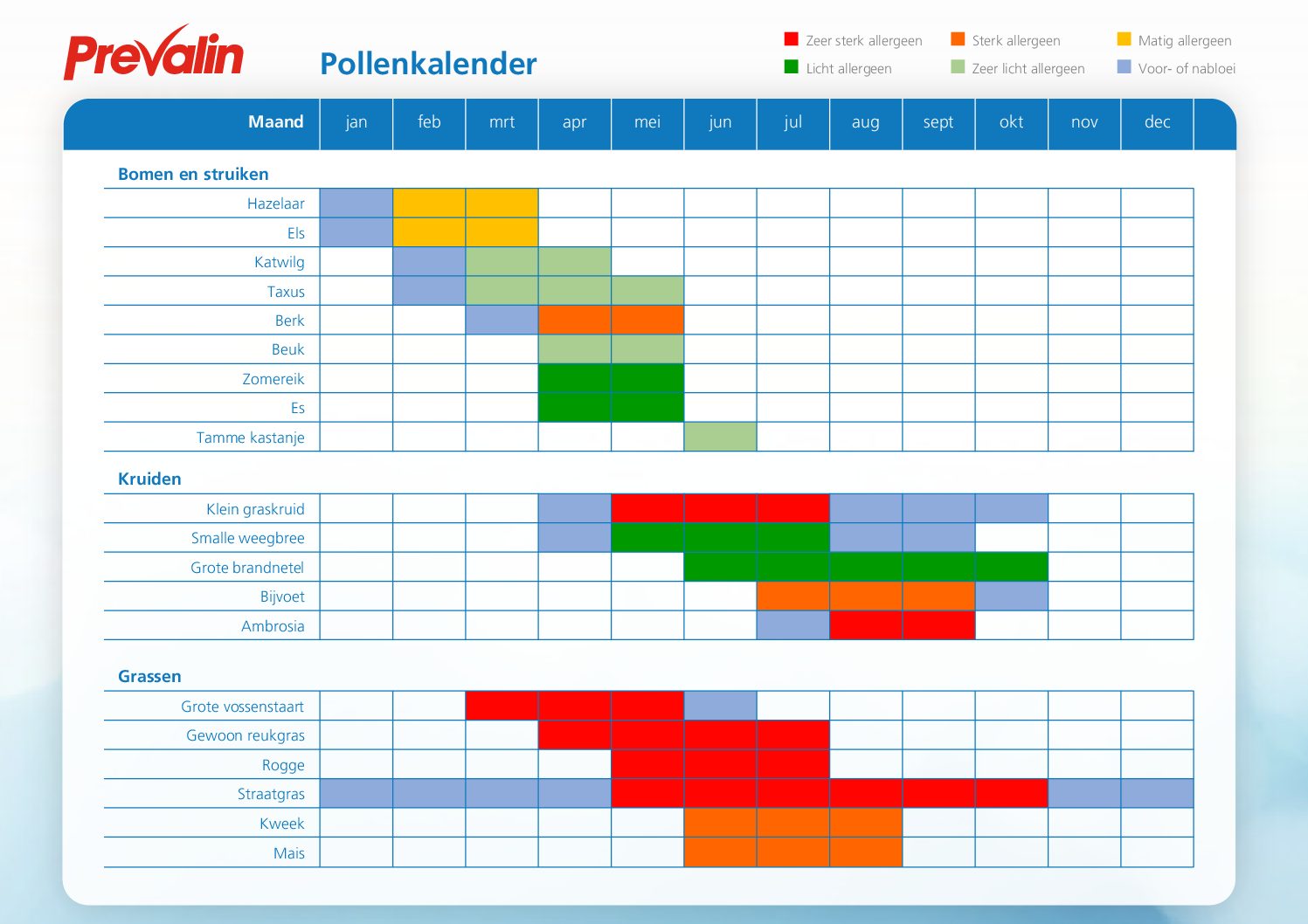
Contact Us If You Have Any Questions
We are a proficient company offering a wide selection of services for all size projects in the areas of Solar Energy, Photovoltaic Systems, Geothermal Energy, Net Metering, Swimming Pools, Air Conditioning, Central Heating, all kind of Mechanical Installations. Please contact us if you have any questions!
Via: Hooi Koorts
Via: Daikin Europe


